Darkness falls across the silver screen as a tiny movement catches the audience’s eye. A spider creeps along the wall, an army of ants marches toward an unsuspecting victim, or a swarm of locusts blackens the sky. Few elements in horror cinema provoke such visceral, skin-crawling reactions as insects and their arthropod relatives. While monsters, ghosts, and serial killers have all terrified moviegoers over the decades, there’s something uniquely disturbing about bugs that makes them perfect antagonists for horror films. This universal discomfort with crawling, buzzing creatures has been expertly exploited by filmmakers for generations, turning our smallest neighbors into our biggest nightmares. But what exactly makes these tiny creatures such effective vehicles for terror? Let’s explore why insects and their relatives have become Hollywood’s favorite creeps.
The Primal Fear Factor: Why Bugs Trigger Our Deepest Anxieties
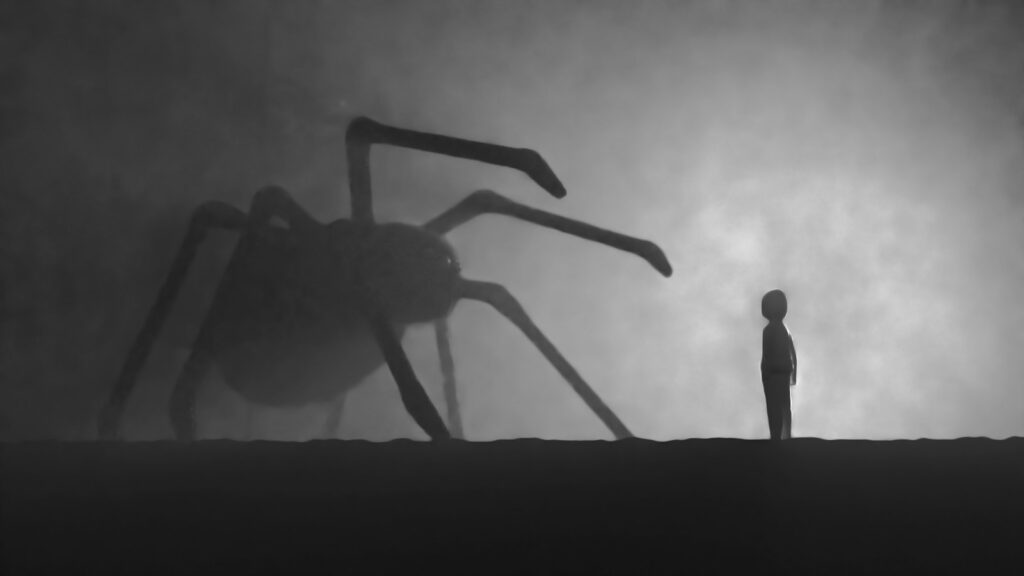
Our fear of insects is deeply rooted in human evolutionary psychology, making them perfect candidates for horror film antagonists. Many entomologists and psychologists believe humans have developed an innate wariness of certain arthropods as a survival mechanism, particularly toward species that could pose threats through venom, disease transmission, or crop destruction. This evolutionary response manifests as disgust or fear when encountering creatures with multiple legs, erratic movements, or unfamiliar body structures. Horror filmmakers tap into this primal anxiety, knowing that even those who consider themselves unafraid of bugs may still experience discomfort when faced with extreme close-ups of mandibles, compound eyes, or swarming behavior. The effectiveness of insect horror stems from its ability to activate both conscious and subconscious aversions that have been hardwired into our species for thousands of years.
The Alien Among Us: Insects as Perfect Otherworldly Metaphors
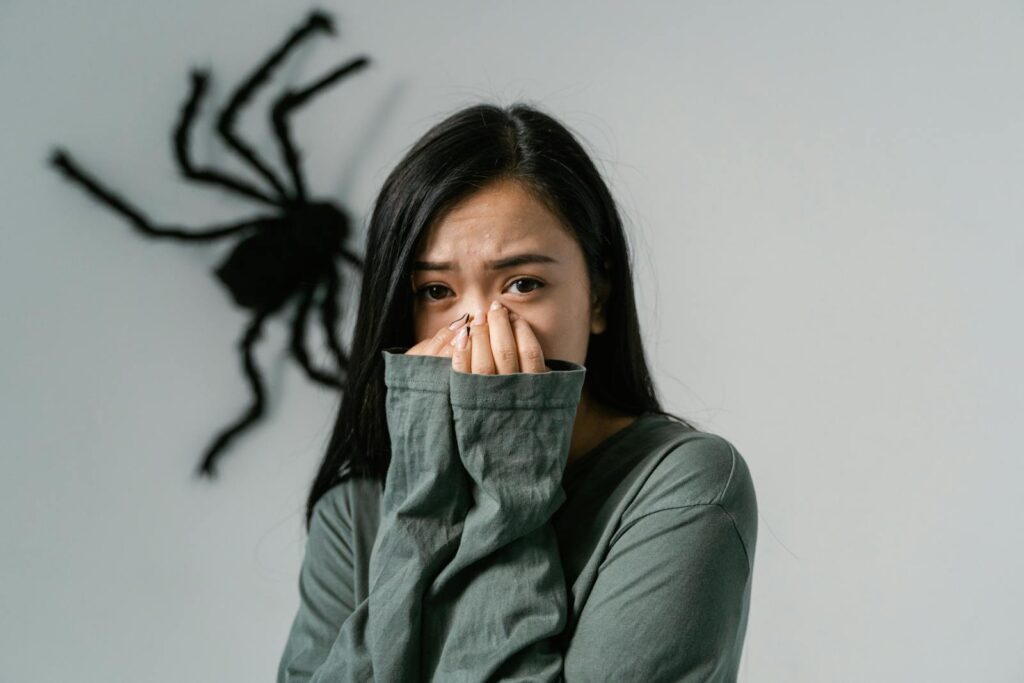
Despite sharing our planet with us, insects operate in ways that seem utterly alien to human experience, making them perfect metaphorical vehicles for exploring the concept of “the other.” Their exoskeletons, compound eyes, metamorphic life cycles, and hive mentalities represent biological systems dramatically different from our mammalian existence. Filmmakers frequently exploit these differences to represent extraterrestrial threats, as seen in films like “The Thing” (1982) and “Alien” (1979), where the antagonists display insect-like qualities despite their otherworldly origins. This metaphorical connection works because insects already seem like nature’s aliens – they can walk on ceilings, survive decapitation, breathe through their sides, and communicate through pheromones and vibrations. Their strangeness allows directors to explore themes of invasion and contamination while using creatures that actually exist in our world, creating an unsettling bridge between the familiar and the foreign.
Invasion Narratives: When Bugs Overwhelm Humanity
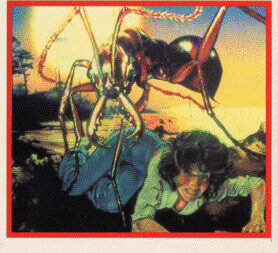
The invasion narrative represents one of horror cinema’s most enduring insect-based plots, playing on our fears of being overwhelmed by uncontrollable forces. Films like “The Deadly Mantis” (1957), “Empire of the Ants” (1977), and “Arachnophobia” (1990) tap into collective anxieties about nature reclaiming dominance over humanity through sheer numbers or monstrous size. These narratives gained particular traction during the Cold War era when fears of communist invasion could be safely projected onto arthropod antagonists, creating politically palatable metaphors for societal concerns. Modern invasion films often incorporate environmental themes, suggesting that human interference with natural systems might trigger insect uprisings as a form of ecological revenge. The effectiveness of these narratives stems from their plausibility – insects already outnumber humans by staggering margins, and many species can reproduce exponentially when conditions are favorable, making the concept of being overrun feel unnervingly possible.
Body Horror: Insects as Violators of Physical Boundaries
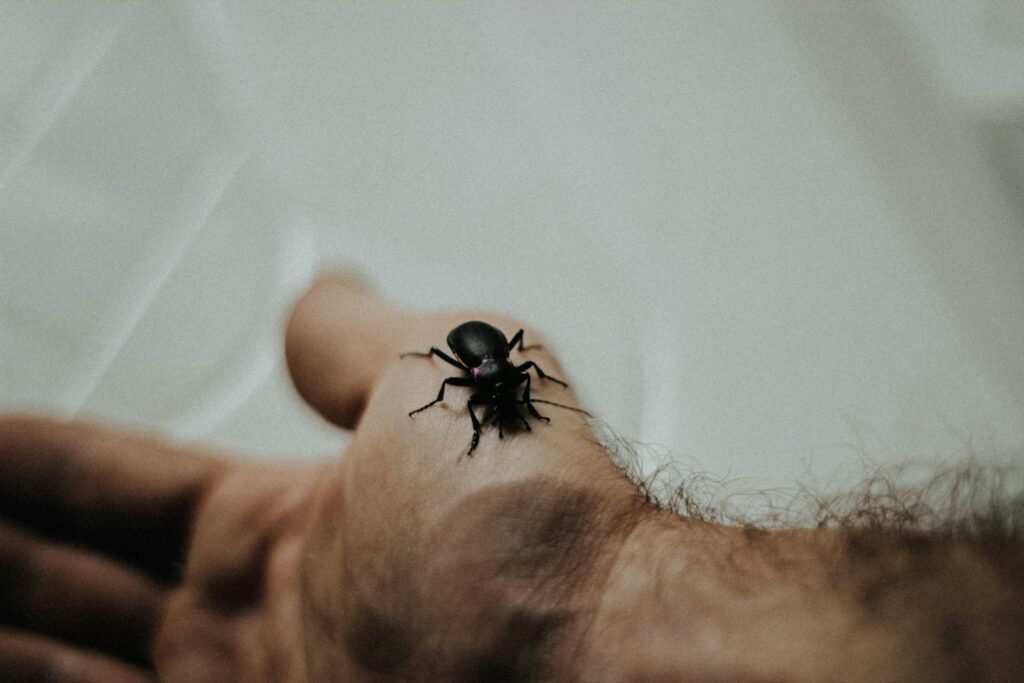
Perhaps no aspect of insect horror is more disturbing than the violation of bodily boundaries, a subgenre that exploits our profound discomfort with creatures entering, infesting, or controlling human bodies. Films like David Cronenberg’s “The Fly” (1986) explore the horrifying merger of human and insect biology, while others like “Slither” (2006) and “Ticks” (1993) depict parasitic relationships where arthropods use humans as hosts or food sources. These narratives tap into deep-seated fears about bodily autonomy and contamination, emphasizing our vulnerability to nature’s smallest predators. The reality that certain insects do lay eggs in mammals, consume flesh, or transmit disease provides a frightening foundation of truth that enhances the psychological impact of these fictional scenarios. By portraying the human body as penetrable, corruptible, and transformable through insect interaction, these films undermine our sense of physical security and highlight the fragility of our existence.
The Multiplication Factor: Strength in Numbers
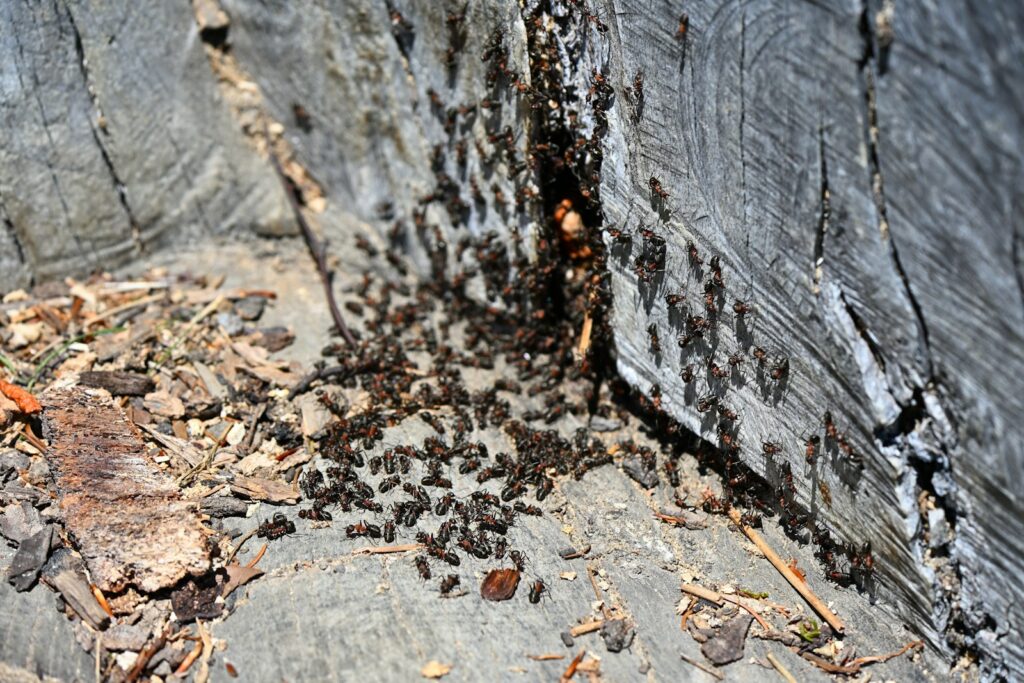
Horror films frequently exploit the collective behavior of insects to create overwhelming threats that no individual human can possibly combat. A single ant poses no danger, but millions working in coordinated swarms become an unstoppable force, as demonstrated in films like “Phase IV” (1974) and “The Naked Jungle” (1954). This multiplication factor creates scenarios where traditional weapons and defenses become useless against the sheer biomass of tiny attackers. The visual impact of massive insect swarms provides filmmakers with powerful imagery – walls blackened with cockroaches, skies darkened by locusts, or ground writhing with centipedes all create immediate visceral responses in viewers. These scenarios tap into human anxieties about being overwhelmed by forces beyond our control, while simultaneously reminding us that insects’ greatest strength has always been their reproductive capacity and collective behavior, not their individual power.
Scale Manipulation: When Tiny Becomes Titanic
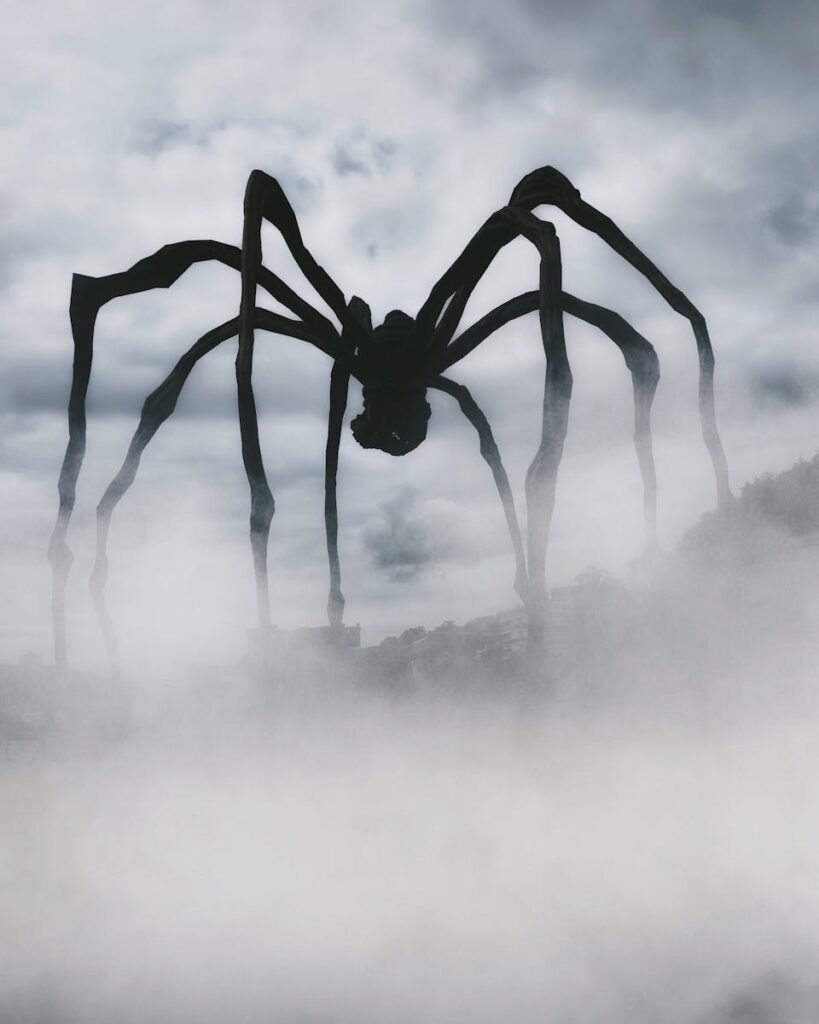
The giant monster trope represents one of cinema’s most enduring approaches to insect horror, transforming manageable everyday creatures into colossal threats through radiation, chemical exposure, or unexplained phenomena. Films like “Them!” (1954) featuring giant irradiated ants and “The Deadly Mantis” (1957) with its massive prehistoric predator established this subgenre during the atomic age, reflecting anxieties about nuclear testing and environmental contamination. These narratives effectively invert the natural power dynamic between humans and insects, forcing audiences to imagine encounters where humanity’s technological advantages might prove insufficient against arthropod strength multiplied to dinosaur proportions. The effectiveness of this approach lies in its transformation of familiar nuisances into existential threats while maintaining the unsettling morphological features that make insects disturbing at any size. Modern entries like “Eight Legged Freaks” (2002) continue this tradition, often adding self-aware humor that acknowledges the subgenre’s campy foundations while still delivering genuine scares.
Sound Design: The Psychological Impact of Buzzing and Clicking
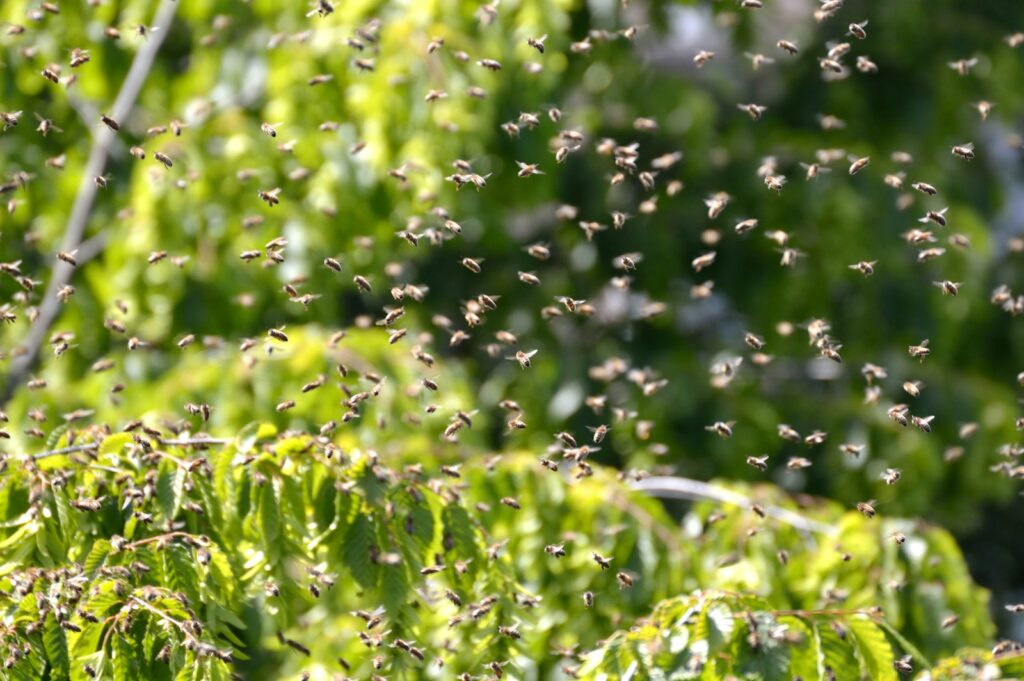
The auditory experience of insect-based horror provides filmmakers with powerful tools to create atmospheric dread and anticipatory tension. The distinctive sounds associated with various arthropods – the high-pitched whine of mosquitoes, the clicking of beetle mandibles, the buzzing of flies, or the chittering of cockroaches – trigger immediate psychological responses in audiences even before creatures appear on screen. Sound designers frequently amplify and distort these natural sounds to heighten their impact, creating sonic landscapes that signal impending danger or unseen presence. In films like “A Quiet Place” (2018), the distinctive sound of insect-like creatures becomes central to the narrative tension, while in classics like “The Fly” (1986), the protagonist’s transformation is marked by increasingly inhuman vocalizations that blend human and insect qualities. This sonic dimension of insect horror exploits our evolutionary programming to remain alert to the sounds of potential threats, particularly those associated with disease vectors or agricultural pests.
Uncontrollable Nature: Insects as Agents of Ecological Horror
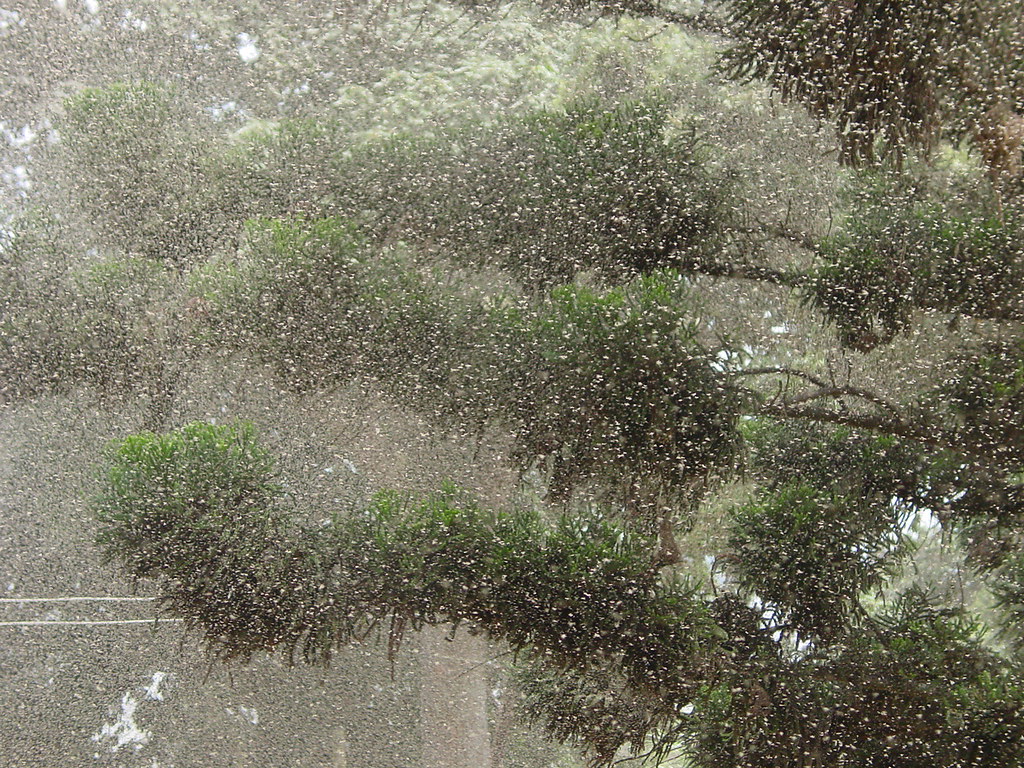
Insects frequently embody humanity’s complicated relationship with nature in horror cinema, representing the unpredictable and uncontrollable aspects of our environment that resist technological management. Films like “The Swarm” (1978) and “Mosquito” (1995) depict scenarios where human attempts to control nature through pesticides, genetic manipulation, or environmental engineering backfire dramatically, unleashing greater threats than those they sought to eliminate. These ecological horror narratives tap into growing awareness of environmental fragility and the potential consequences of disrupting natural systems. The reality that insects have developed resistance to nearly every pesticide humans have created lends these fictional scenarios an unsettling plausibility, suggesting that our technological solutions may ultimately prove inadequate against nature’s adaptive capabilities. By positioning insects as nature’s avenging forces, these films explore human hubris and vulnerability in the face of ecological systems we barely understand but constantly manipulate.
Cinematic Techniques: How Filmmakers Enhance Insect Terror
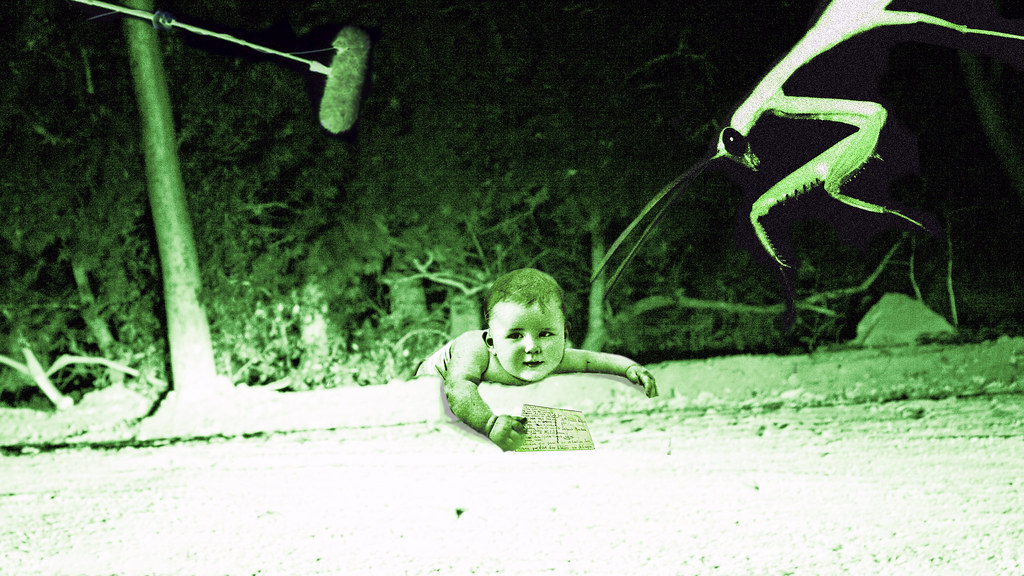
Directors employ specialized filming techniques to maximize the horror potential of arthropod antagonists, transforming even harmless species into nightmare-inducing threats. Extreme close-up photography reveals the alien topography of insect anatomy – compound eyes, serrated mandibles, bristled limbs, and pulsating abdomens take on monstrous dimensions when magnified on the big screen. Low-angle shots make small creatures loom large in the frame, while rapid editing during swarm scenes creates disorienting chaos that mimics the confusion of an actual insect attack. Practical effects teams have developed sophisticated methods for working with live insects, including temperature control to regulate movement speed and specialized wrangling techniques to create predictable behavior patterns on set. When live specimens prove impractical, animatronics, stop-motion, and increasingly CGI have enabled filmmakers to choreograph insect movements with precise dramatic timing, though many horror fans maintain that nothing matches the authentic creepiness of actual arthropods captured on film.
Cultural Variations: How Different Societies View Insect Horror
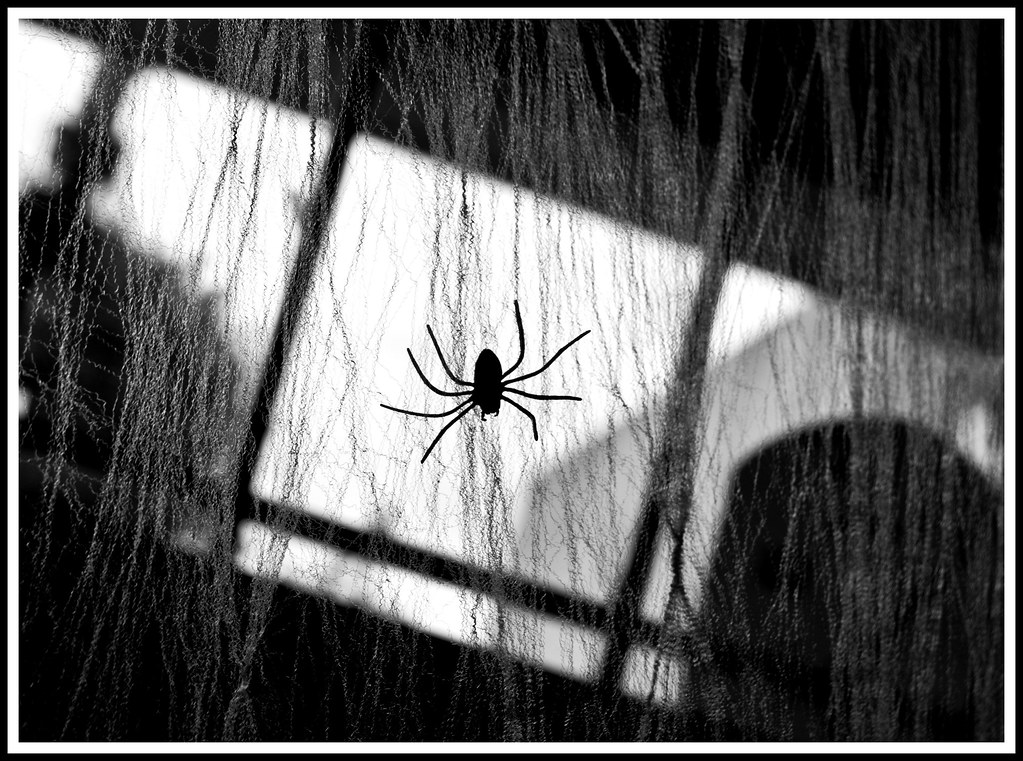
Cultural attitudes toward insects significantly influence how arthropod-based horror resonates with audiences across different societies, creating fascinating variations in how these creatures are portrayed in global cinema. Western horror traditions generally present insects as unambiguous antagonists, reflecting widespread entomophobia in North American and European cultures where arthropods are primarily viewed as pests or disease vectors. By contrast, Japanese horror sometimes incorporates more nuanced perspectives, influenced by cultural traditions that occasionally venerate certain insects like dragonflies or crickets as symbols of good fortune. Films from tropical regions, where humans coexist with greater insect biodiversity, often feature more specific and scientifically accurate portrayals of arthropod threats, focusing on genuinely dangerous species rather than demonizing entire taxonomic orders. These cultural variations demonstrate how insect horror, while universally effective, still filters through local attitudes, taboos, and folklore, resulting in distinct regional approaches to similar primal fears.
The Science Behind the Scares: When Movie Bugs Get It Right
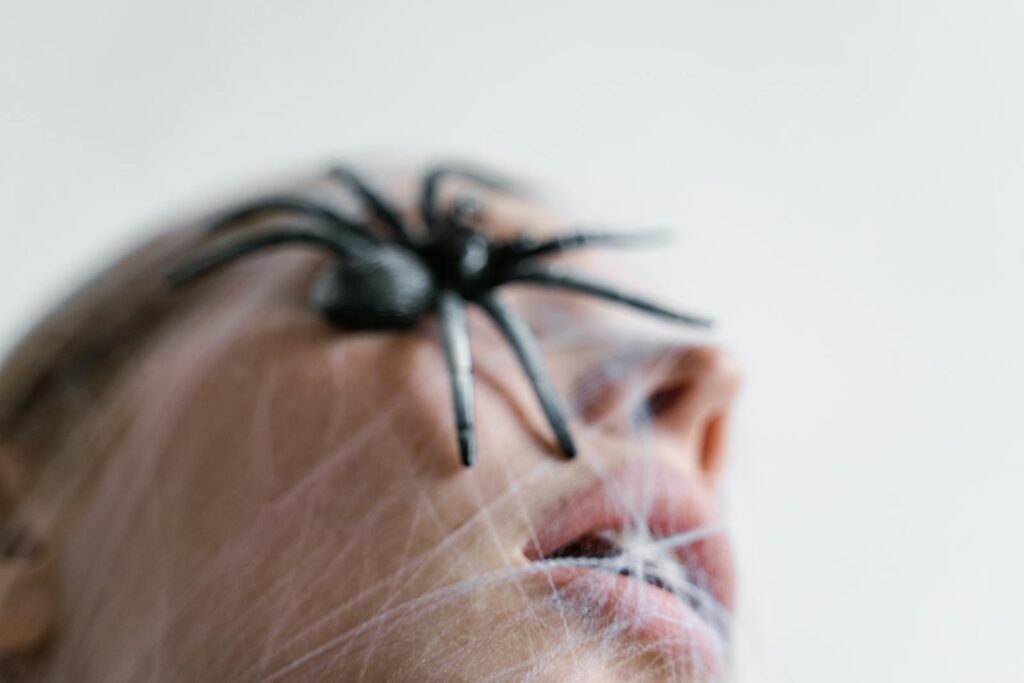
While many insect horror films take extensive creative liberties with arthropod biology, some productions incorporate surprising scientific accuracy that enhances their credibility and horror impact. Films like “The Fly” (1986) reference actual genetic research and insect physiology, while “Mimic” (1997) builds its premise on legitimate evolutionary concepts like mimicry and adaptive radiation, despite exaggerating the speed of these processes. Entomologists often note that the truly disturbing aspects of insect behavior require no Hollywood embellishment – the parasitic lifecycle of certain wasps that lay eggs in living hosts, the fungal pathogens that turn ants into “zombies,” or the cannibalistic mating habits of mantids all provide ready-made horror scenarios drawn directly from nature. When filmmakers consult with scientific advisors, the resulting narratives often achieve a more sophisticated level of horror by revealing the genuine strangeness of arthropod biology rather than simply magnifying their size or numbers. This scientifically-informed approach creates a disturbing verisimilitude that makes audiences question whether the horrors they’re witnessing might actually be possible.
Evolution of Insect Horror: From B-Movies to Blockbusters

The trajectory of insect-based horror reflects broader trends in cinema technology, cultural anxieties, and audience sophistication across decades of filmmaking. Early entries in the genre like “Them!” (1954) and “The Deadly Mantis” (1957) emerged from Cold War atomic anxieties, utilizing practical effects and miniature work to create their oversized arthropod antagonists. The ecological movement of the 1970s influenced a second wave of more environmentally-conscious insect horror, exemplified by films like “Frogs” (1972) and “Kingdom of the Spiders” (1977), which positioned arthropods as nature’s revenge against human pollution and interference. The body horror revolution of the 1980s, led by directors like David Cronenberg, brought sophisticated practical effects and deeper psychological dimensions to films like “The Fly,” elevating insect horror from B-movie status to critical respectability. Contemporary entries in the genre frequently blend CGI with practical effects while incorporating modern concerns about genetic engineering, climate change, and emerging diseases, demonstrating how arthropod antagonists continue to evolve as effective vehicles for exploring society’s changing fears.
Beyond Cinema: Insects in Literature, Gaming, and Virtual Reality

The power of insect horror extends well beyond traditional cinema, permeating multiple entertainment media with its distinctive brand of anxiety and revulsion. Literary traditions established by authors like Franz Kafka (“The Metamorphosis”) and H.P. Lovecraft (whose cosmic entities often featured insectoid characteristics) laid the groundwork for arthropod horror long before cinema existed. Modern video games have embraced insect antagonists with particular enthusiasm, with titles like “Resident Evil” featuring giant arthropod mutants and “Hollow Knight” creating entire civilizations of sentient bugs. Virtual reality developers have discovered that insect encounters in immersive environments trigger exceptionally strong user responses, with applications ranging from exposure therapy for entomophobia patients to entertainment experiences designed to maximize primal fear responses. This cross-media prevalence demonstrates how arthropod horror transcends specific storytelling formats, suggesting that our aversion to these creatures operates at a fundamental psychological level that can be activated through various sensory channels and narrative approaches.
Conclusion: The Enduring Power of Six-Legged Scares
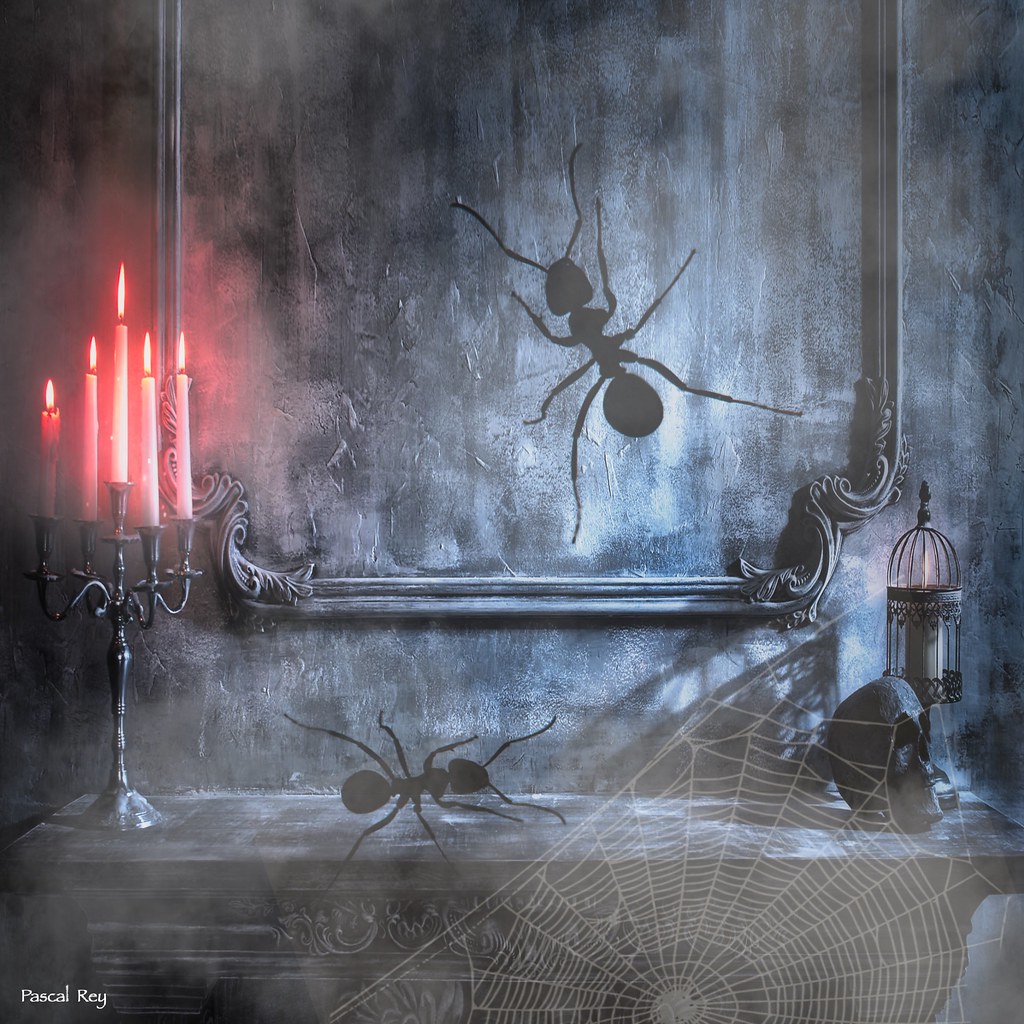
The longevity and effectiveness of insects in horror cinema reveal much about human psychology and our complex relationship with the natural world. These tiny creatures, so different from ourselves in structure and behavior, serve as perfect vehicles for exploring our deepest anxieties about bodily integrity, loss of control, environmental collapse, and the limits of human dominance. While filmmaking techniques and specific cultural fears have evolved over decades, our fundamental discomfort with arthropod characteristics remains remarkably constant, providing horror creators with a reliable wellspring of primal terror. Whether presented as giants, swarms, parasites, or vectors, these small creatures will undoubtedly continue to crawl across our screens and under our skin, reminding us that in nature’s grand hierarchy, humanity’s position may be more precarious than we care to admit.

